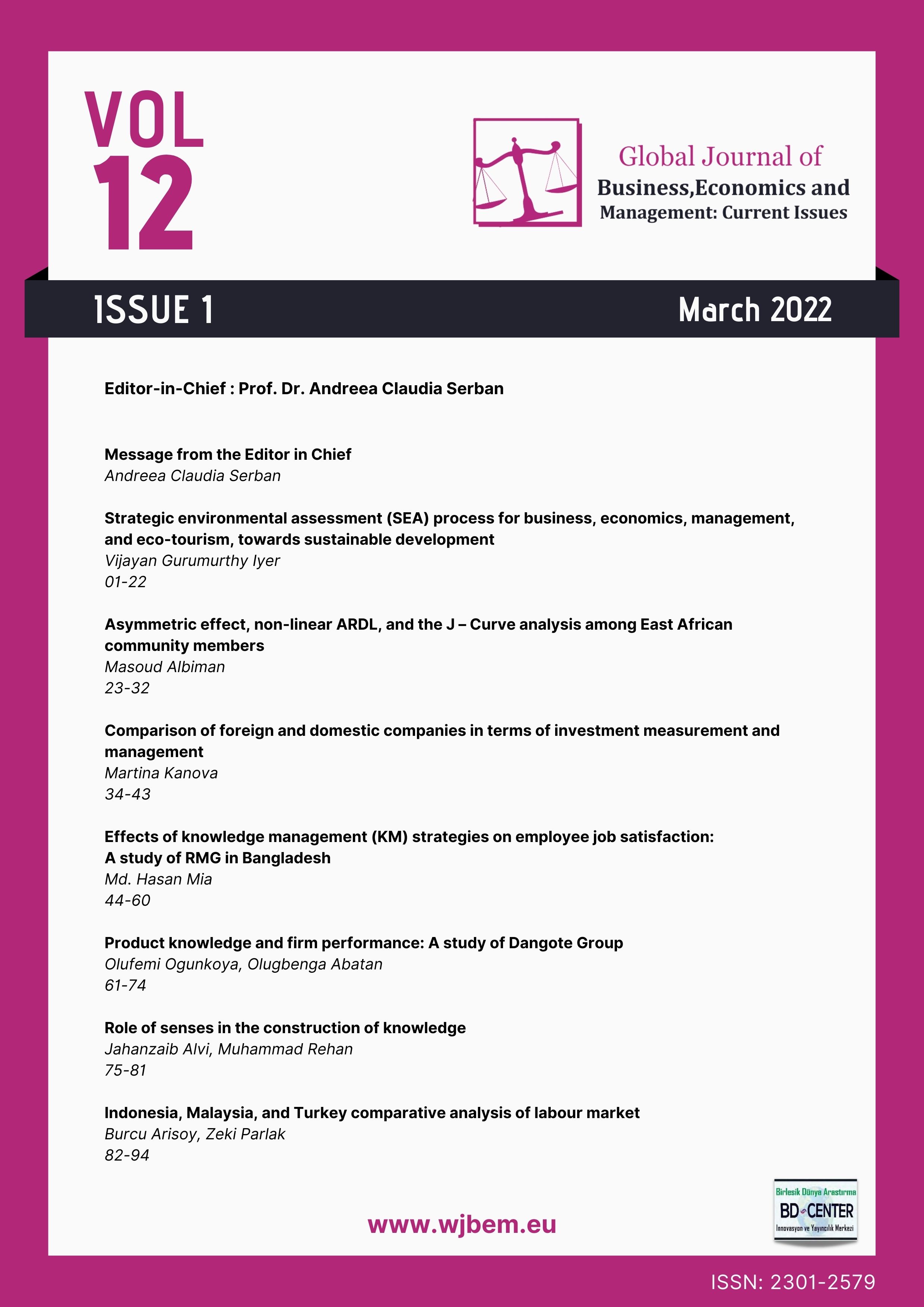Indonesia, Malaysia, and Turkey comparative analysis of labour market
Main Article Content
Abstract
This study aims to examine labour market indicators in developing industrial countries like Indonesia, Malaysia, and Turkey between 1999 and 2019. Indonesia, Malaysia, and Turkey’s labour market indicators are taken into consideration. ILO's estimation taken from the Data Bank World website is used when comparing these countries' labour market indicators. The official statistics on the websites of these countries also contributed to the study. The years are chosen explicitly as after the 1999 crisis and 2008 crises, after 2015. Even though each country’s dynamics vary, nearly all three countries implemented import substitution and export policies simultaneously and they exposed themselves to global markets during the same period. When the labour market indicators are assessed, the 15 – 64 age-old active group population is in constant growth, while the passive group is in decline. In this study, each country's labour market indicator is examined for the periods mentioned above, and the comprehensive analysis method is used. By reviewing labour literature, the labour markets and their implementations are assessed and compared with each other.
Keywords: Emerging Industrialized Countries; Indonesia; Labour Market Indicators; Malaysia; Turkey.
Downloads
Article Details

This work is licensed under a Creative Commons Attribution 4.0 International License.
The Global Journal of Business Economics and Management: Current Issues is an open-access journal. The copyright holder is the author or authors. Licensee: Birlesik Dunya Yenilik Arastirma ve Yayincilik Merkezi, North Nicosia, Cyprus. All articles can be downloaded free of charge. Articles published in the Journal are Open-Access articles distributed under the CC-BY license [Attribution 4.0 International (CC BY 4.0)].

